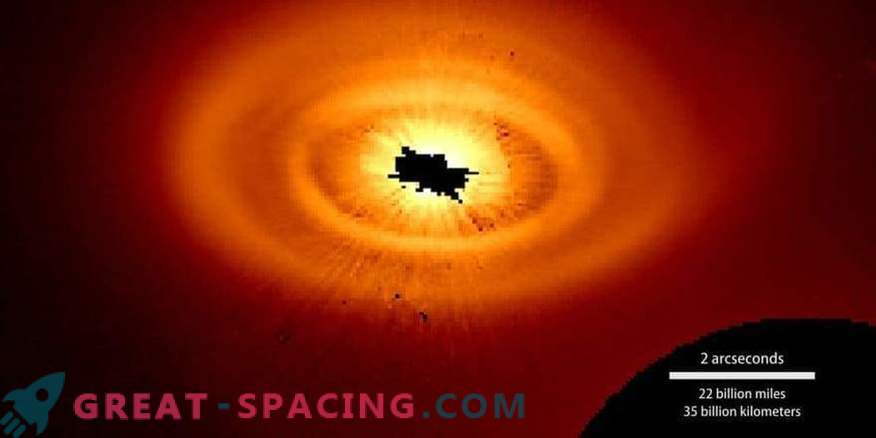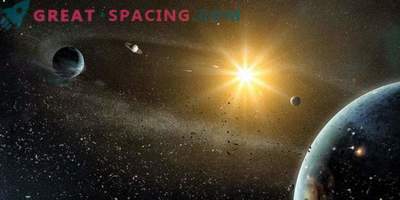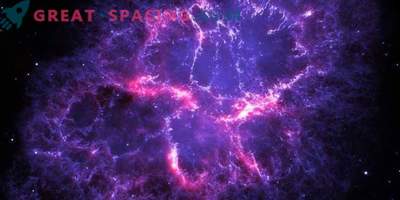
Arcs, rings and spirals appear on the disk around the star HD 141569A. The black area in the center is caused by a mask blocking direct starlight. The photograph includes observations made in June and August 2015 using the STIS instrument of the Hubble telescope
When exoplanetary scientists first noticed spots in the dust and gas around young stars, they thought that the cause was the planets that appeared. But NASA's latest research hints at another explanation.
Hunters of other worlds are looking at the stars, trying to find signs of the presence of planets. In the case of young stars, around which dust and gas discs persist, they are looking for signatures, such as rings, arcs and spirals created by orbital overflights.
However, a new hypothesis states that dust and gas create patterns when they are exposed to UV radiation. When a high-energy UV ray touches dust grains, it removes electrons. They collide and heat the nearby gas. Because of this, the pressure increases and the gas attracts more dust, which leads to even more heating. The cycle is called photoelectric imbalance, and it can work in tandem with other forces to create features perceived as the signatures of the planets.
To understand these effects, we created special computer simulations. Back in 2013, it was assumed that they could explain the narrow rings on the disks. The model also predicted the possibility of arcs and incomplete rings, which were actually recorded only in 2016.
Captions in disks of young stars may hint at the presence of planets. But is there any other explanation? The new model shows how dust and gas form patterns without planetary participation
To understand the whole process, you need to imagine how to create a disk without the participation of the planets. Light physically affects everything that it encounters. It is because of this radiation pressure that the tails of comets always point to the sun. The same force can push dust into highly eccentric orbits or even remove small grains.
The 2013 model showed how dust and gas contacted to create rings and arcs around the star HD 141569A. In 2017, they took into account radiation pressure and showed how two factors can create spirals, similar to those observed around one of the stars.
The study will continue to create simulations, adding turbulence and testing various types of dust and gas. But now we can say that we should not rush to conclusions. And the signatures in the disks do not always mean the presence of planets.











































